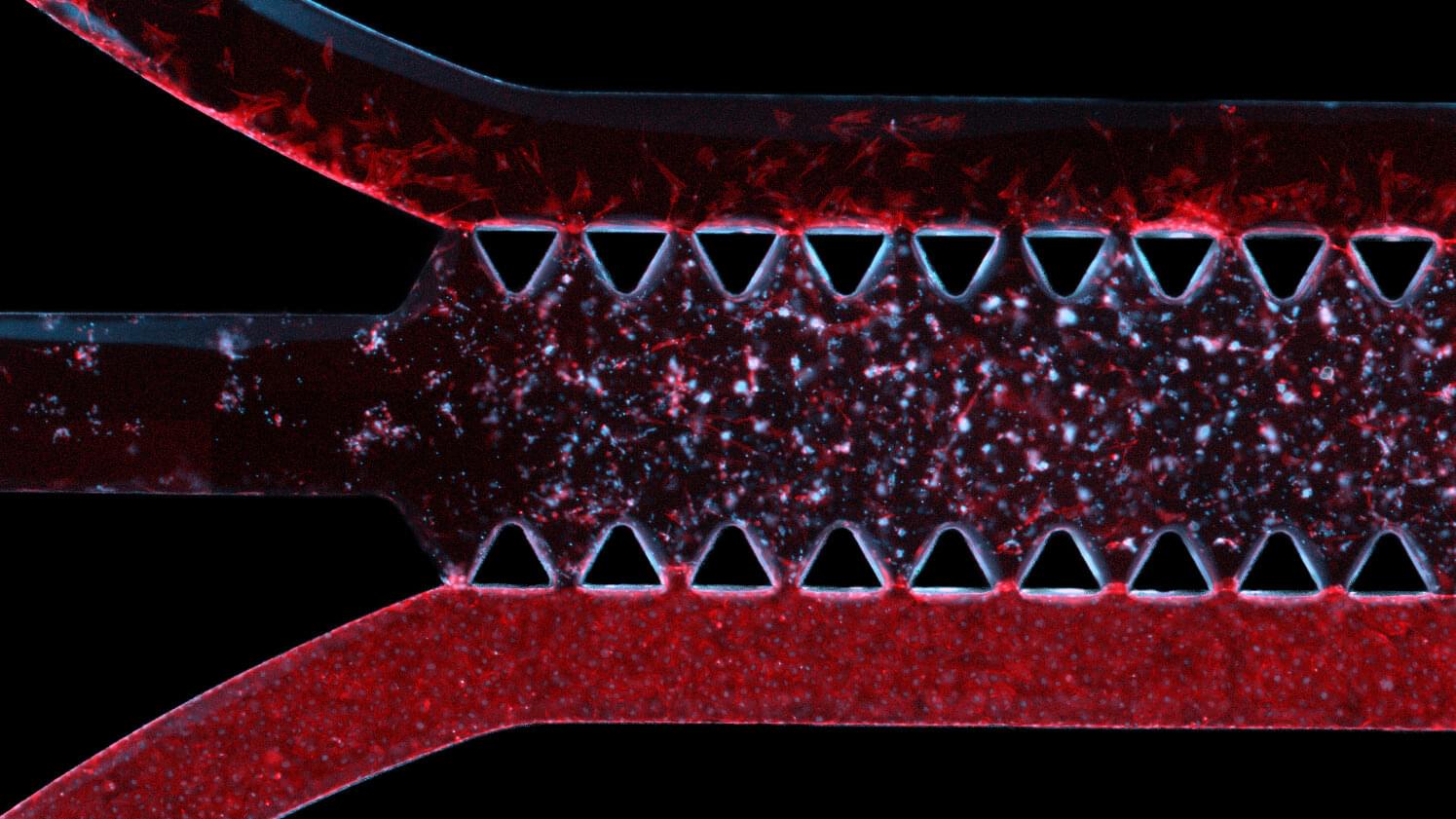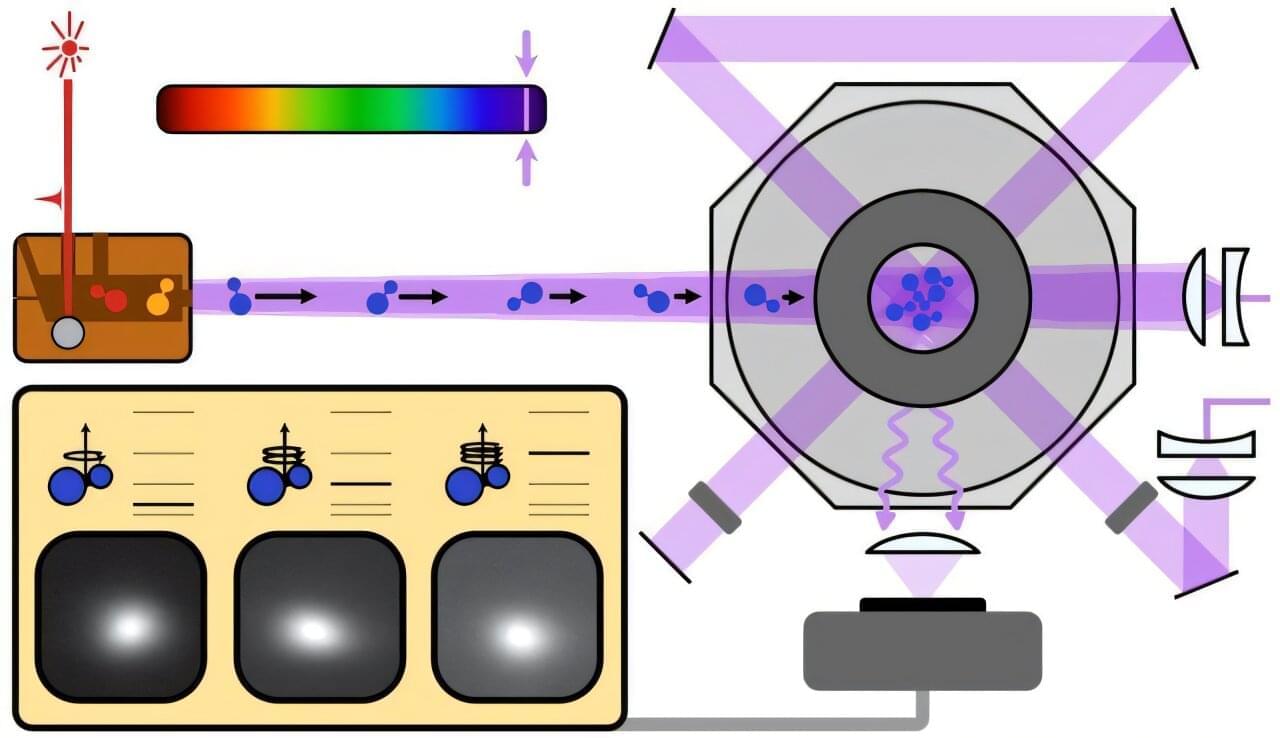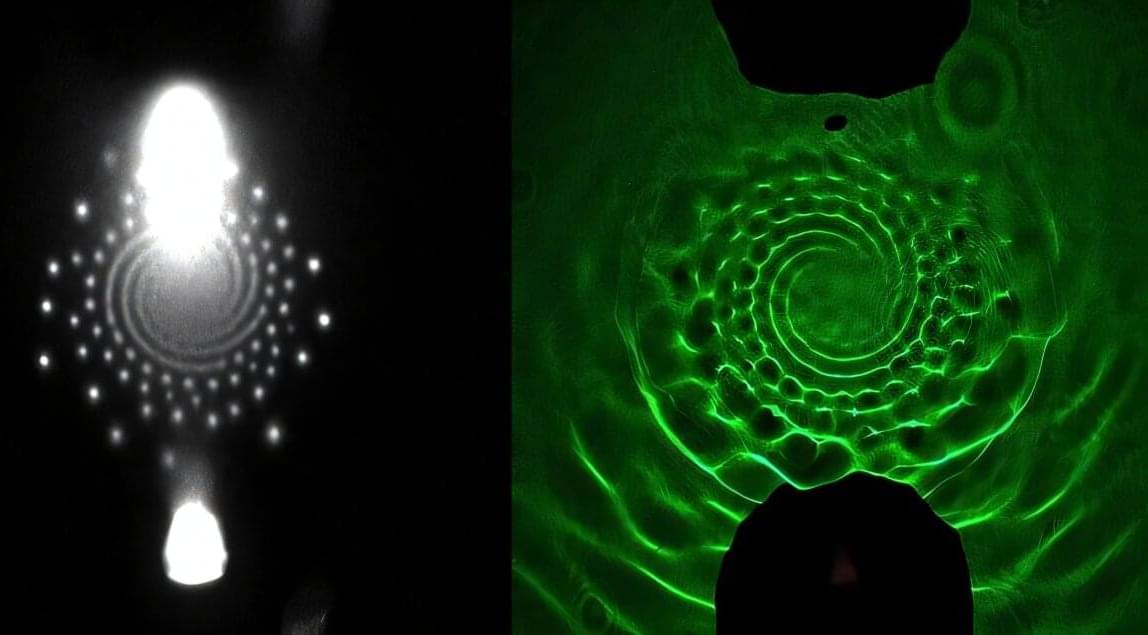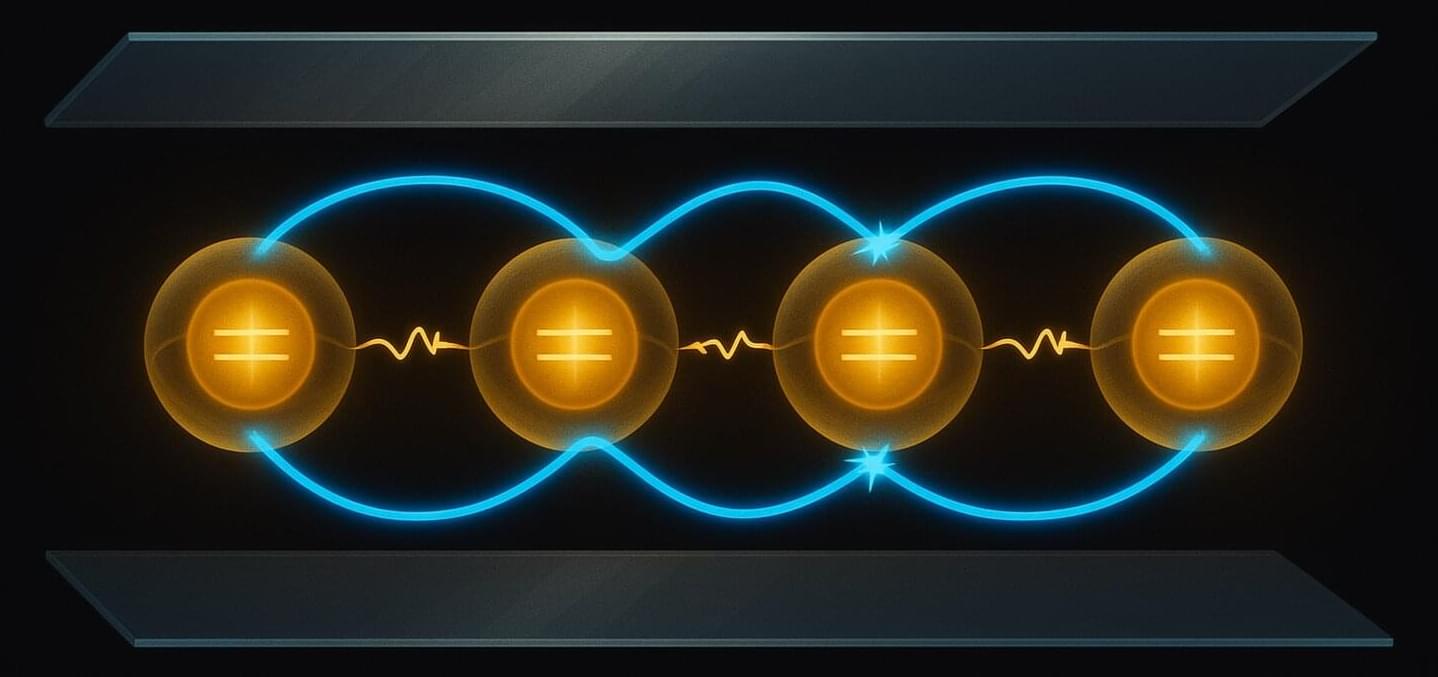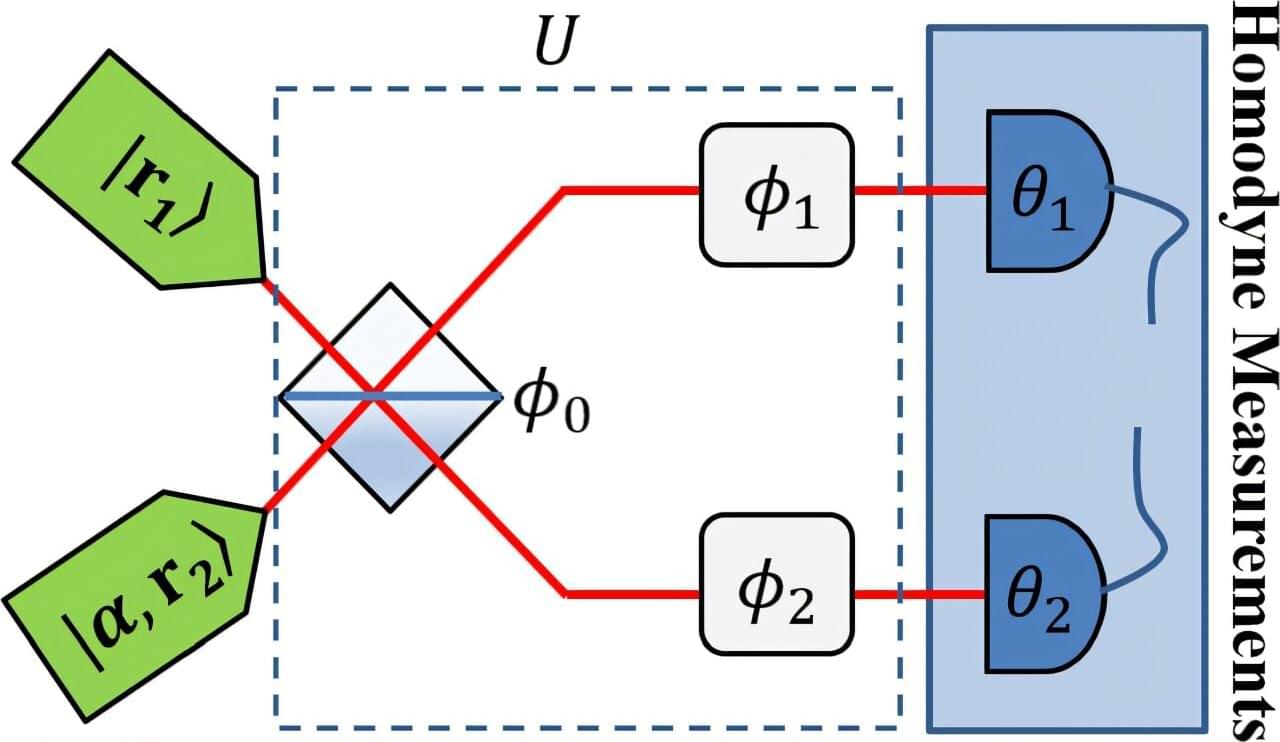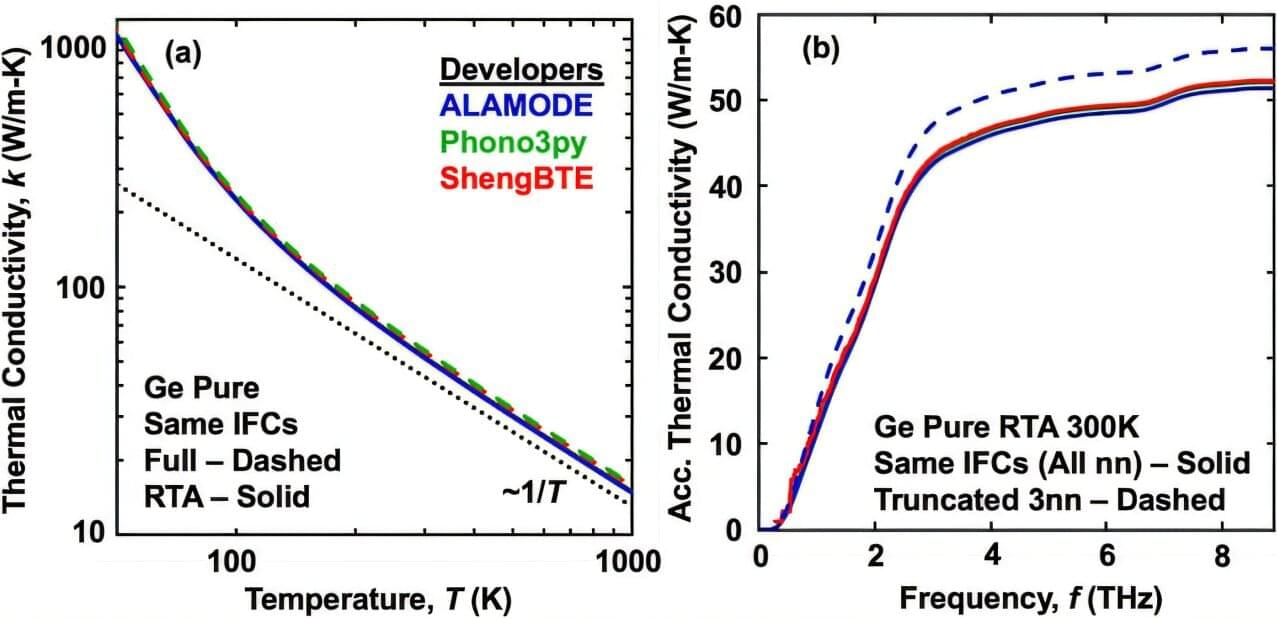A treatment that could protect premature babies from brain damage showed promise in a recent study in Sweden. Using a first-of-its-kind prenatal brain model created with human cells, researchers observed new details about the effects of cerebral hemorrhages on stem cells during preterm birth. They also successfully tested an antidote that reduced the damage.
Publishing in Advanced Science, the researchers identified how neural stem cells in preterm infants are damaged as a result of a cerebral hemorrhage. Researchers from KTH Royal Institute of Technology, Karolinska Institutet, and Lund and Malmö Universities collaborated on the study.
The study shows that as red blood cells seep into the brain’s subventricular zone (SVZ) and break down, levels of the immune response messenger protein interleukin-1 (IL-1) become elevated. These proteins send strong signals that direct neural stem cells to stop acting like stem cells, says Professor Anna Herland, senior lecturer at the AIMES research center at KTH Royal Institute of Technology and Karolinska Institutet.
